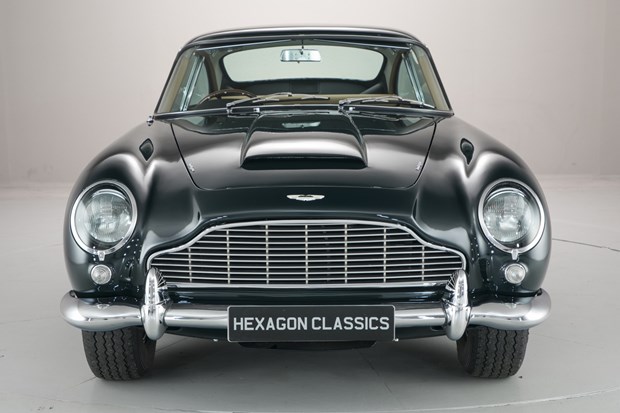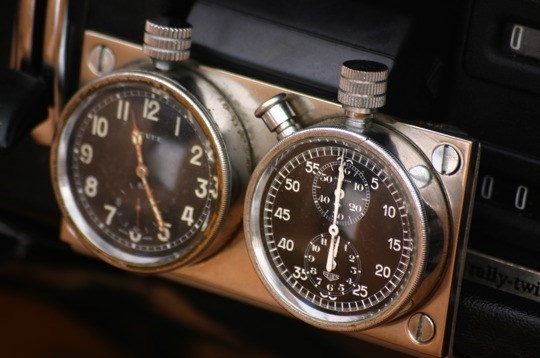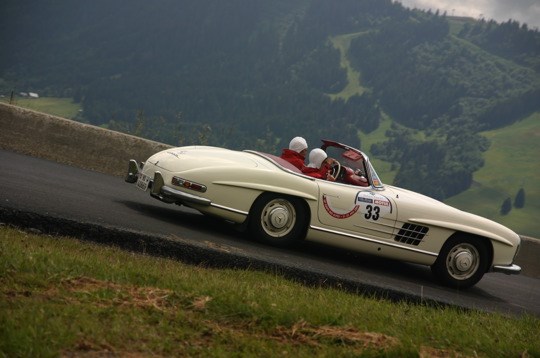
The regularity rally requires each crew (Driver and co-driver), driving a car, to cover a defined route in a defined time. Any deviation will be penalized, and the crew having received the least number of penalties will be the winner.
In English, TSD rally: Time, Speed and Distance.
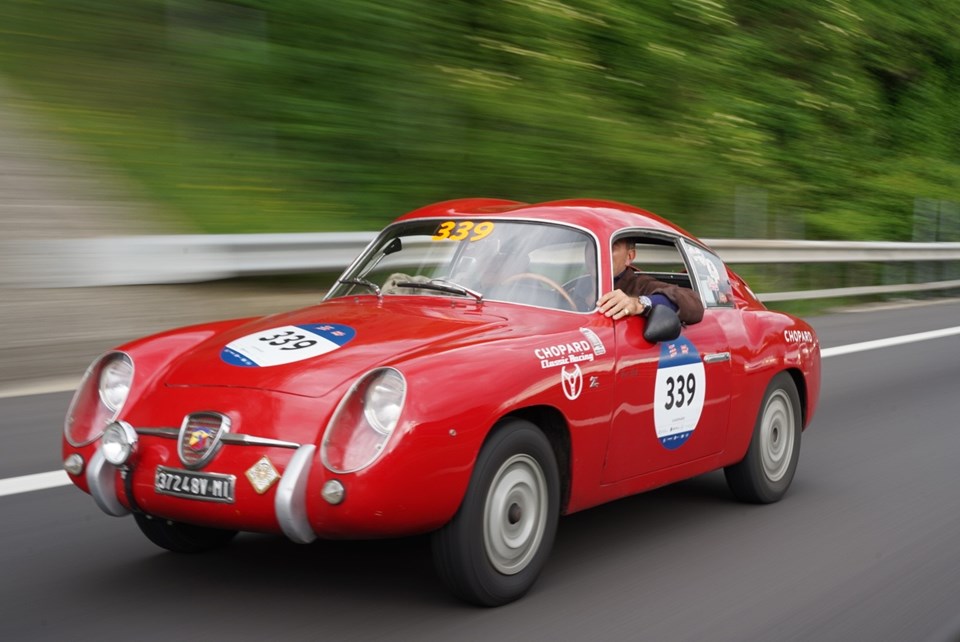
Source: Newspress
Regularity rallies for old vehicles take place on public roads, therefore not in closed loops, and the average speed can never exceed 50 km / h and this with vehicles over twenty years old (Note: in Belgium the vehicles must be before 31.12.1975). These rallies take place under the leadership of the Belgian Federation of Vintage Vehicles which delegate on the spot each time two controllers to follow the event and to report any irregularities noted by the organizers or the participants.
These rallies take place according to the regulations in force at the FIVA (International Federation of Vintage Vehicles). The great advantage of participating is that you do not have to be licensed. Only a FIVA passport (International Identity Card popularly known as a FIVA passport) for the vehicle is required. You will learn more about this on the FBVA website, in particular on how to obtain such a FIVA passport.
The famous tables of averages
All the crews use averaging tables, to quickly know if they are ahead or behind.
You can get an excel table here which will help you calculate the time it takes to travel a certain distance at a certain speed.
Tutorial
Frédéric Siva, one of our enthusiasts, has produced a fantastic tutorial, which he gives us here in its entirety.
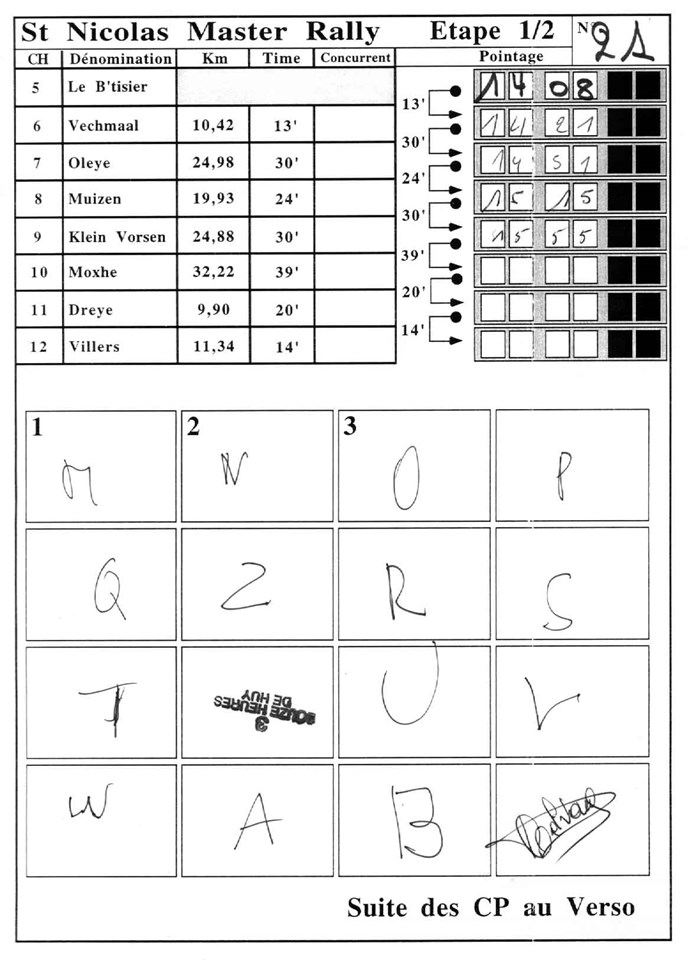
Coupe Alps checkpoint
In practice
This is how the start of a test takes place in practice.
The majority of rallies require a FIVA card, a sort of ancestor's license, fairly simple to obtain as long as the vehicle is in conformity with the origin, and relatively inexpensive. (www.fbva.be)
Document and technical control
Once registered, you will be convened by the organizer for technical control and documentary control, often on the morning of the rally.
Usually, we start with document control, where we have to show the vehicle papers, driver's license and identity cards. We receive an envelope containing the departure time and the various stickers to apply on the car. We stick everything we need on the car, and we set off for technical control. The latter ensures that all the cars are in order (headlights, triangle, first aid kit, fire extinguisher, ...) and correspond to the FIVA card (if required).
It is important to note the departure time, which often corresponds to the number. For example, the number 1 leaves at 13:01, so with the number 24, we leave at 13:24.
Calibration
Before departure, you must calibrate the tripmaster, because the organizer may have used a model that pulls a little long, or a little short, but always consistent. Usually, the organizer mentions a highway sector, and indicates for example that between the 5km and 8km terminal, there are actually 3,170 km.
Last Briefing
A little before the start of the first car, the organizer gathers all the competitors, and warns of certain corrections to be made on the road-book (which we have not yet received), such as for example: "Note 5 from page 4, the road to overlook from the left is actually a parking entrance. "
The browser must take note of all of these indications (my browser, write down one per sticky note, to easily add them to the road-book once received).
Ready to go
About 15 min before departure, the car is placed in the queue ordered by number. We let the engine heat up, and we check the last points: tripmaster on, belts securely fastened, ...
It is only one minute before departure that the navigator receives the road book and the road map. It is important to fix this clearly in view, because it must be given to each controller, and it indicates the ideal arrival time for each sector.
The example below shows a step divided into 7 sectors. The departure time is 14:08, and 4 controls have already been passed, all perfectly on time. We can, for example, verify that for the first sector, the ideal arrival time at CH6 is 14:08 '+ 13', which is 14:21, the time indicated by the commissioner in the "Score" column. A "Competitor" column allows the browser to enter in advance the ideal sector end time to avoid last minute calculations. However, it is better to prepare only the next one, because if not, a delay on one of the sectors would require a re-calculation of the passage times since one never catches the delay of one sector during the following ones.
Note that at CH9, I was 10 minutes late, the ideal time is 3:45 pm. And after that, I had to give up for mechanical reasons (The advance corrector detached, and I didn't understand what was going on).
The example also illustrates the CPs (Control of passage), the majority of which are "non-human", that is to say small panels of the organizer on which appear a letter which must be copied on the sheet of road. The 10th and 16th CPs are "human", and the commissioner has either stamped them or signed them.
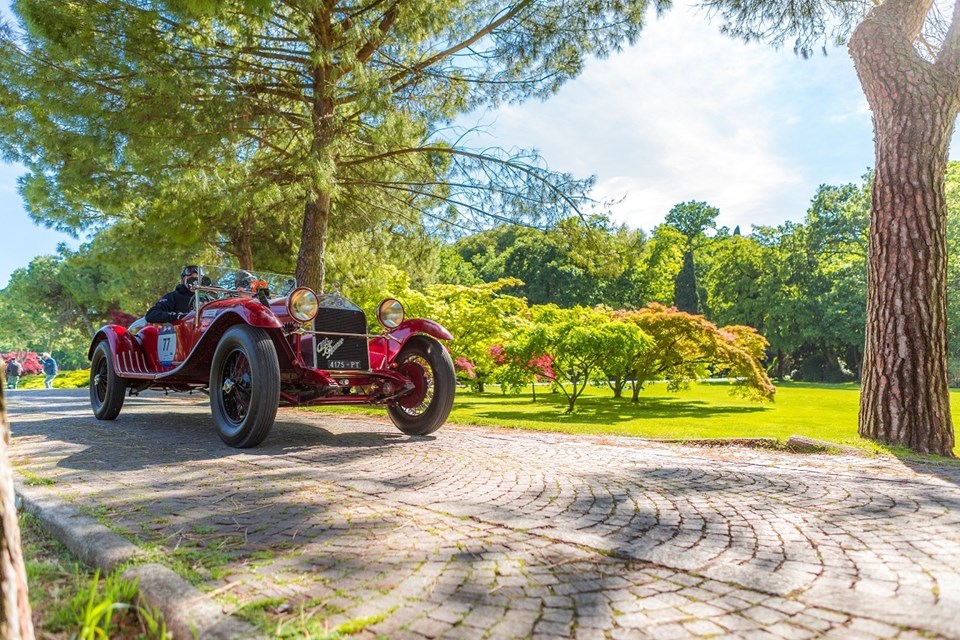
master roadmap
But, let's go back to our starting phase, because our browser therefore has very little time to read the first notes, and tell the pilot the average speed to follow for the first sector. If it is already a regularity sector, it must also be prevented. He will therefore choose the right average table.
10 seconds, 5 seconds, 3, 2, 1 and go. The beginning is undoubtedly the hardest because all the reflexes must be put back in place. No way to go for it then, but rather to stay focused.
The rest of the tutorial should teach you how to be effective along the rest of the course.
Next: Roadbooks ...
Source Frédéric Siva


